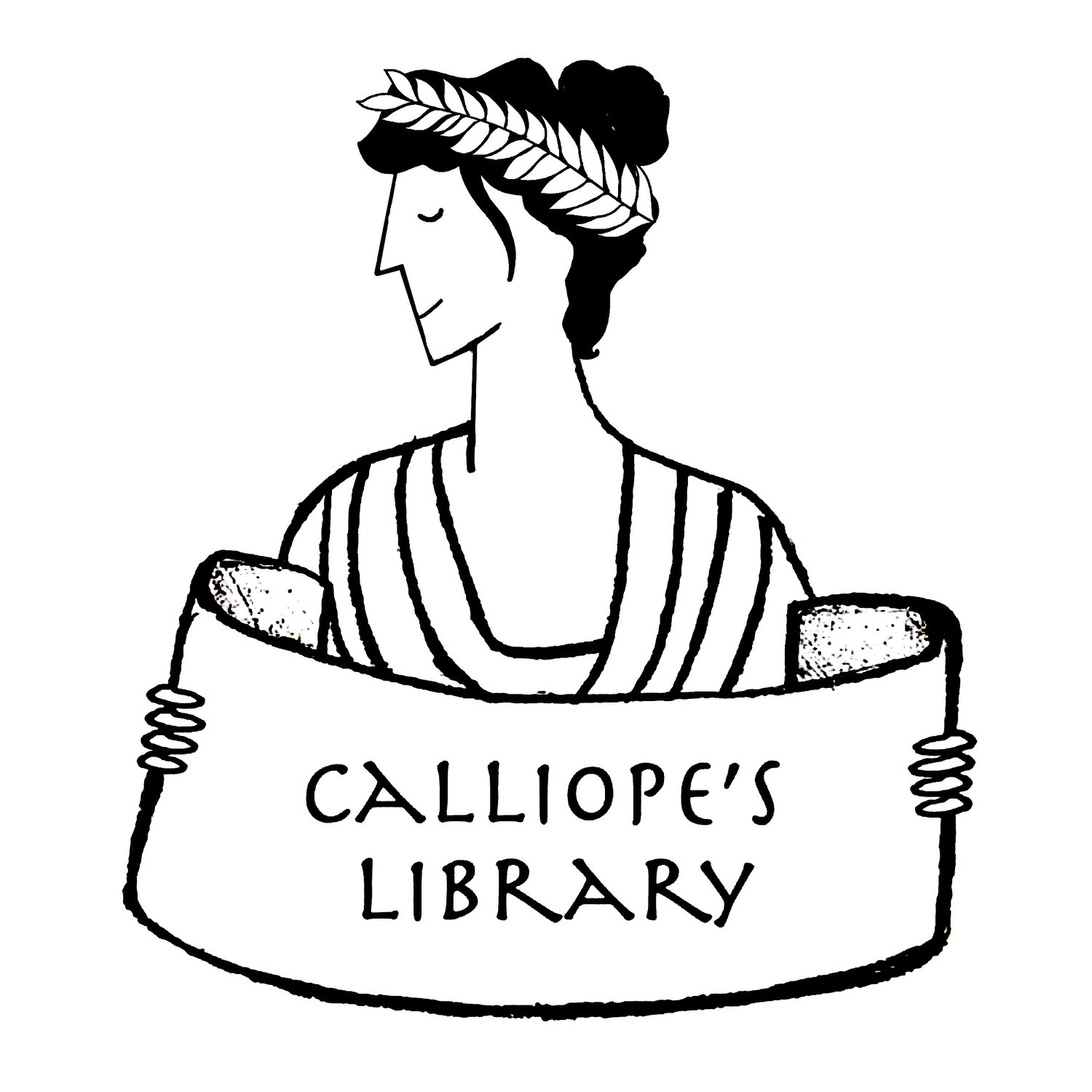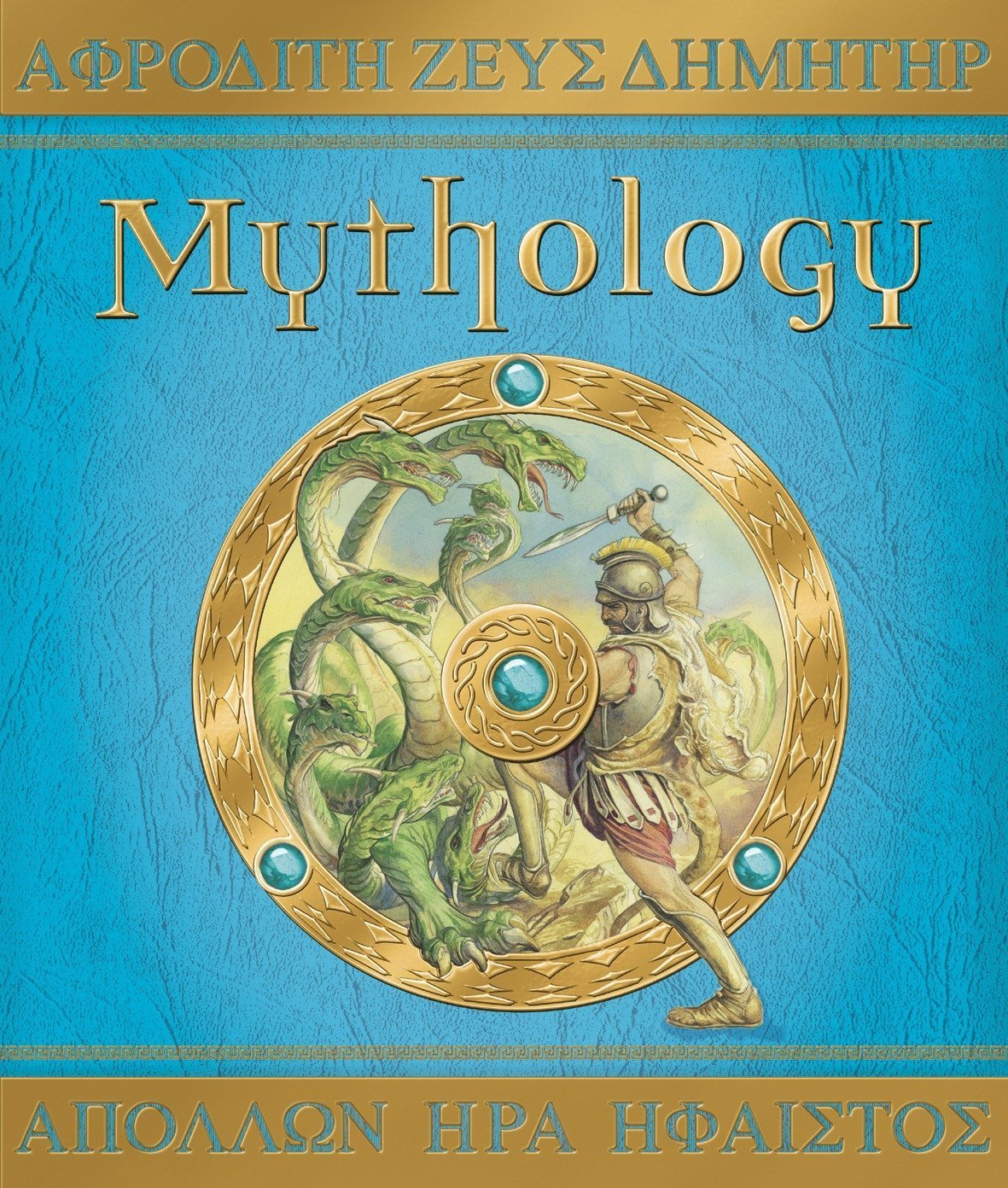Title: Mythology: The Gods, Heroes, and Monsters of Ancient Greece
Author: Dugald Steer
Date: 2007
Tags: Middle Grade, Picture book, Ancient civilization, Greece, Mythology, Medieval to Modern worlds, Mythology collection, King Midas, Pandora, Perseus, Prometheus, Odysseus, Diary novel, English
Dugald Steer’s Mythology: The Gods, Heroes, and Monsters of Ancient Greece offers readers a fascinating glimpse into the ancient Greek world, focusing on the prevalence of mythology within Greek culture. Steer begins by introducing ancient Greek mythology, examining its various functions in the ancient world, and pointing to the different places mythology was present in ancient Greek society. The ancient Greeks had stories about almost everything, from their day-to-day lives to the afterworld to the origin of the sun, moon, and stars. They highlighted mythology both in household items, such as vases, and in larger statues, which they placed in the public spaces. Additionally, the Greeks built temples to honor the gods, although as Steer explains, many of these have disappeared over time. To help the reader understand the gods’ importance, Steer then discusses the creation of the gods, and how those gods drew lots to decide upon the domains they would rule. To explain the power of the gods, Steer highlights the stories of Prometheus and Pandora’s Box.
To keep readers engaged, Steer makes good use of illustrations. While discussing monsters and mythical beasts, for example, he offers a picture of the hero Perseus fighting Medusa. In addition to his discussion of mythology and the gods, Steer offers insights into ancient Greek history, focusing particularly on the prevalence of seafaring in the ancient Greek world. The book’s accessible language and illustrations make it a great choice for younger children. The thorough and expansive knowledge it offers about the ancient world also makes it enjoyable for people of any age hoping to learn about ancient Greece. – Oliver (age 17)
Steer’s Mythology is presented as an artifact containing other artifacts. It purports to be the copy of a reference book by the fictional Lady Hestia Evans which a young man (also fictional) named John Oro brought with him to Greece in the early 19th century. Oro writes an account of his trip in the margins of the book. The text also incorporates a variety of tokens and moveables—for example, a silver cardstock obol, an envelope of oak leaves from Dodona, a twist of golden fleece, and a pop-up Pandora’s box. These features are pleasing to the hand and for many readers will be one of the main draws of the book. There is some tension, however, between these delights and the overt message of Oro’s story. While Oro begins his journey with the idea of collecting antiquities for a museum in Greece, his greed leads him to keep his finds for himself, and in many instances, what a reader relishes handling is Oro’s plunder. Oro is presented as a latter-day Midas figure, a negative object lesson, though readers are nevertheless invited to enjoy his loot. The relationship between the explicit and implicit messages of the book could become an opportunity for reflection or a teachable moment. Potential readers or buyers should keep in mind that the book’s add-ins may make it inappropriate for very young readers and that in shared contexts like classrooms and libraries some of the pieces may go missing. – Rebecca Resinski


